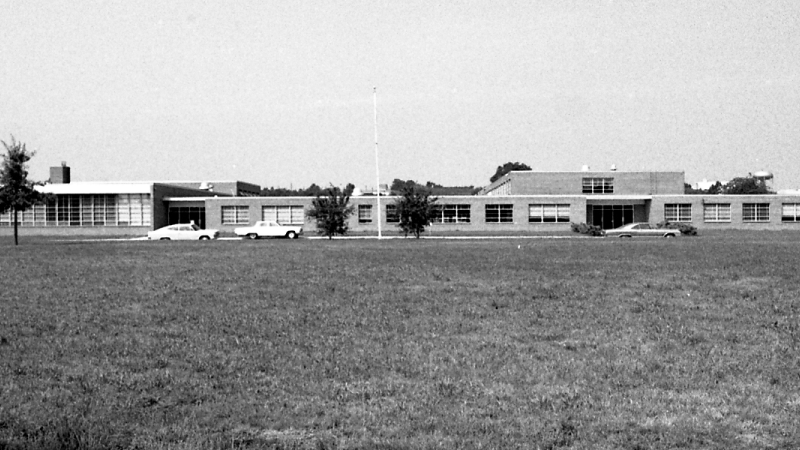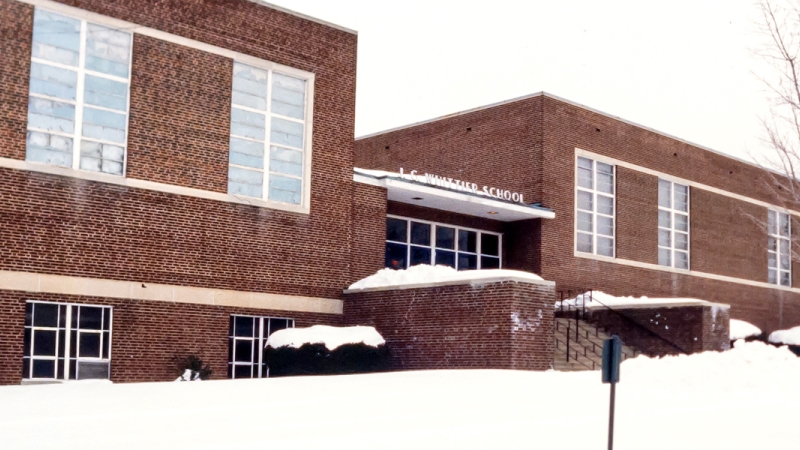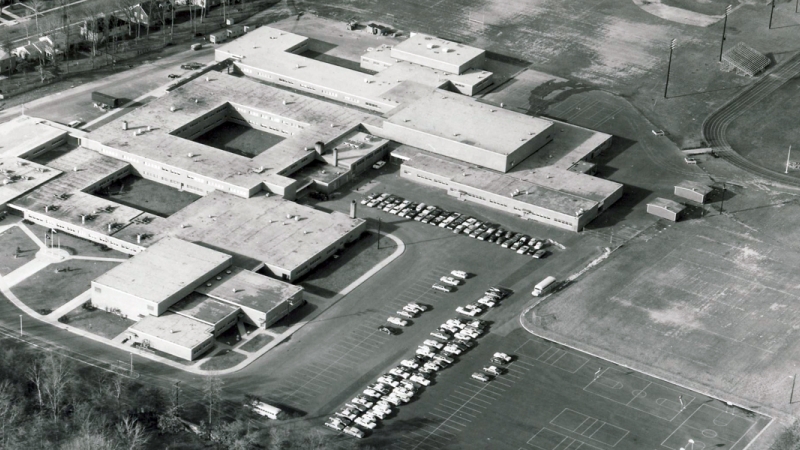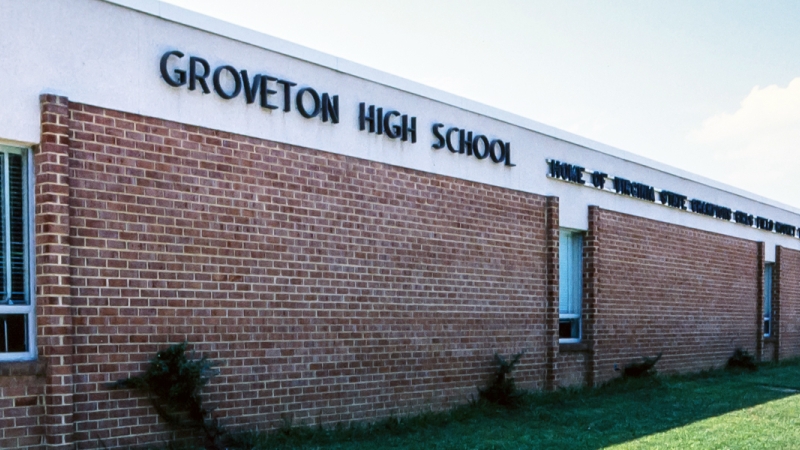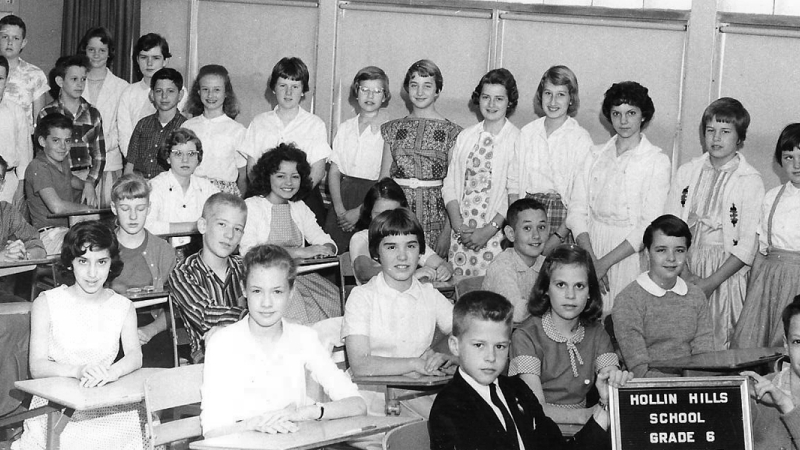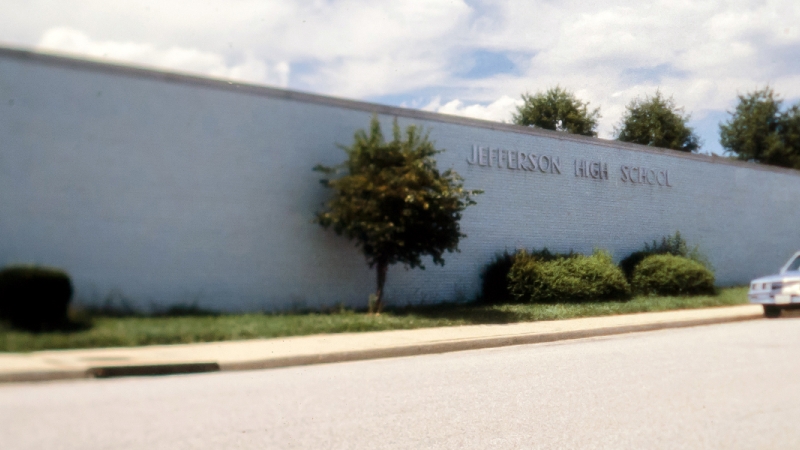
School History: Stephen C. Foster Intermediate School
Remembering Our Past
In 1964, Fairfax County Public Schools (FCPS) purchased land in Gum Springs, on Parkers Lane near its intersection with Sherwood Hall Lane, for a new intermediate school to serve the Fort Hunt area. Constructed beginning in January 1965, Sherwood Hall Intermediate School, as it was known at that time, was modeled after Cooper Intermediate School near McLean. On April 8, 1965, the school was formally given the name Stephen C. Foster Intermediate School by the Fairfax County School Board.
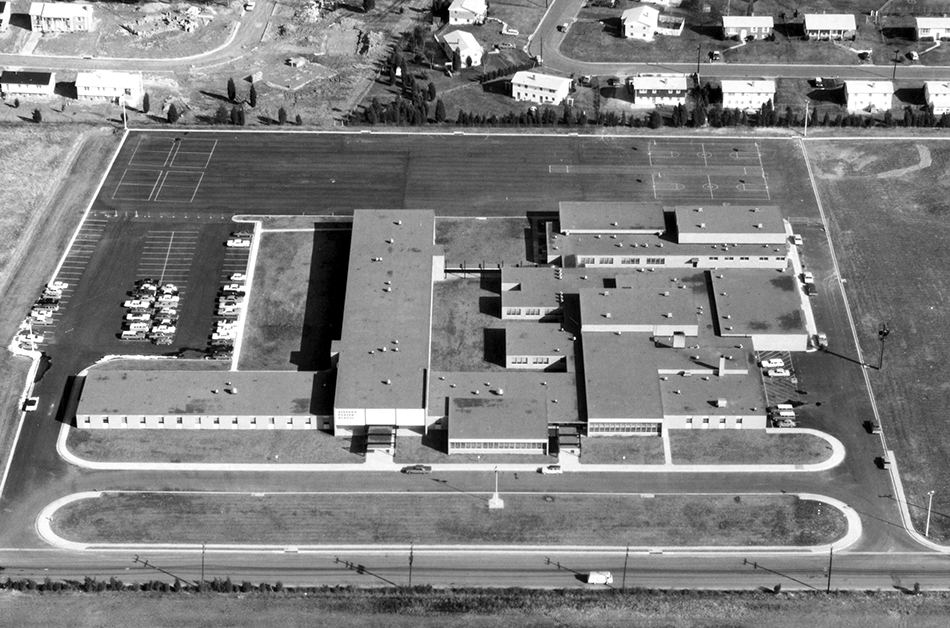
Stephen C. Foster Intermediate School opened its doors to students for the first time on December 8, 1965. Foster’s 985 students had begun the school year at Walt Whitman Intermediate School, where they attended school on double shifts. Foster’s first principal was Jack Tennant.
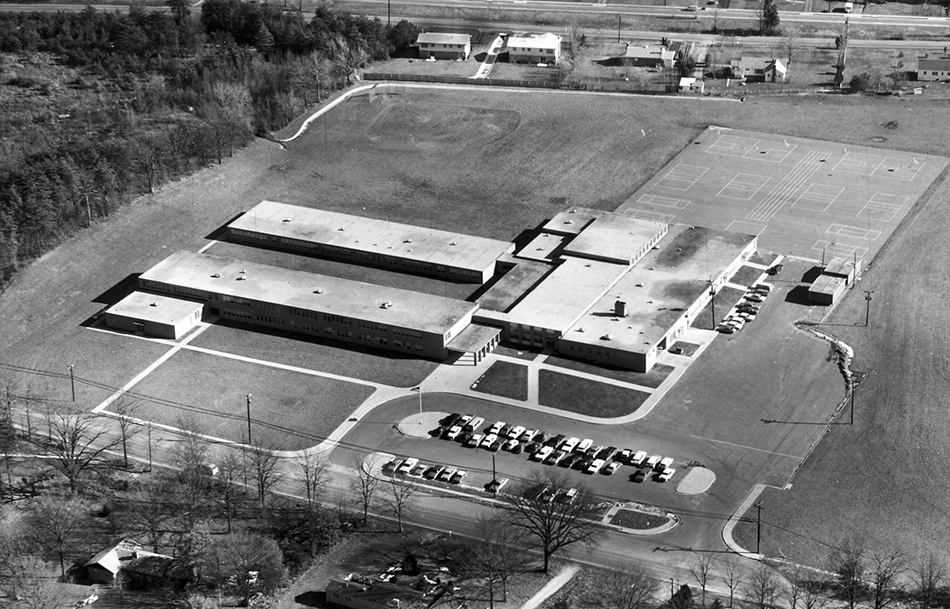
Rising and Falling
Foster Intermediate School opened at a time when enrollment in FCPS was on the rise. From 1964 to 1970, the student population increased from about 86,900 to approximately 133,300. The school-age population peaked at 138,000 in 1972, and then began a slow decline which lasted into the 1980s. As more and more students aged out of the school system, the intermediate and high schools began to see an abundance of empty classrooms in the early 1980s.
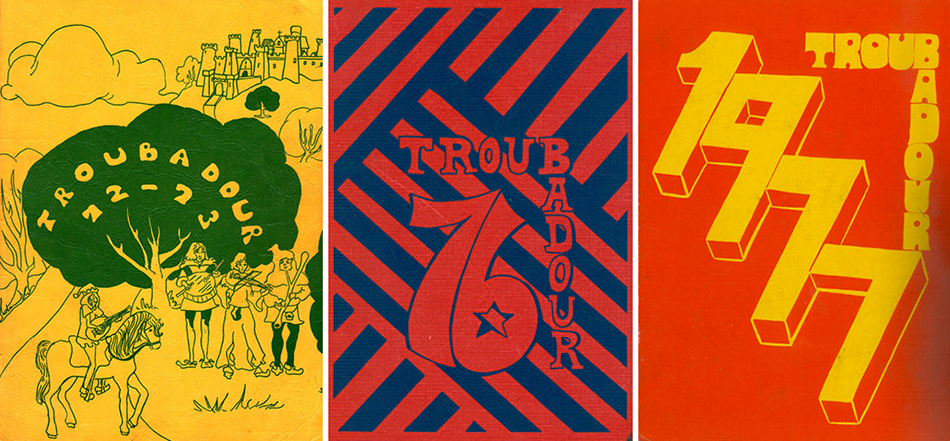
Musical Chairs
In 1985, citing high operating costs and declining enrollment, the School Board voted to close Fort Hunt High School and merge its student body with that of Groveton High School. The merger of the two schools had a ripple effect on their intermediate feeder schools.
The most controversial aspect of the Board’s action was its conversion of Fort Hunt High School to an intermediate school. Students and teachers from Bryant and Foster intermediate schools will shift, en masse, to the new Fort Hunt Intermediate, while students and teachers from Whitman Intermediate will move as a unit to Foster’s present side. Projected enrollment for the new Whitman/Foster Intermediate is 750 students, with 1,100 students projected for Fort Hunt Intermediate. Whitman currently has 680 students, while Foster has 670, and Bryant has 550. ~ The Washington Post, March 28, 1985
In June 1985, the Whitman Intermediate School Parent Teacher Association contacted School Board members and requested that Foster Intermediate School be renamed Walt Whitman Intermediate School. The School Board approved the PTA’s request, which became effective on July 1, 1985. The new Fort Hunt Intermediate School was given the name Carl Sandburg.
Fond Memories
In April 1987, Dorothy Duncan, who had served as principal of Stephen C. Foster Intermediate School beginning in 1976, shared her recollections of the school in an interview.
Foster Intermediate was a small school. There were 750 youngsters and about 35 to 38 teachers and various support staff – guidance counselors, secretaries, custodians and so on. We had an English as a Second Language program and a Gifted and Talented Center in the building. It was a super faculty and there was a good mix of kids. They were always interesting. It was a lot of fun to deal with. ~ Dorothy S. Duncan
What’s in a Name?
Foster Intermediate School was given its name at the request of School Board member Howard Futch, who represented Mount Vernon District. Historians describe the school’s namesake, Stephen Collins Foster, as the “father of American music.” Born in Lawrenceville, Pennsylvania, in July 1826 to William B. Foster and Eliza C. Tomlinson, Stephen Foster was a self-taught musician. His works include such popular classics as “Oh! Susanna,” “Camptown Races,” “Old Folks at Home” (which is also known as “Swanee River”), “My Old Kentucky Home,” “Jeannie With the Light Brown Hair,” and “Beautiful Dreamer.”
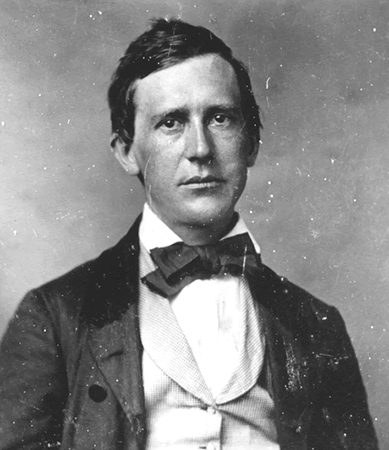
A prolific composer and song writer, Stephen C. Foster produced more than 200 songs in his lifetime. Though Foster had an incredible gift for music, he lacked business acumen. He was taken advantage of by the music industry and saw very little money from the sale of his works. In 1860, Foster moved to New York, where he continued to struggle with poverty, alcoholism, and poor health. Stephen Foster died in January 1864, at age 37, in New York, and was buried in Allegheny Cemetery in Pittsburgh, Pennsylvania. Many schools throughout the United States are named in his honor.
